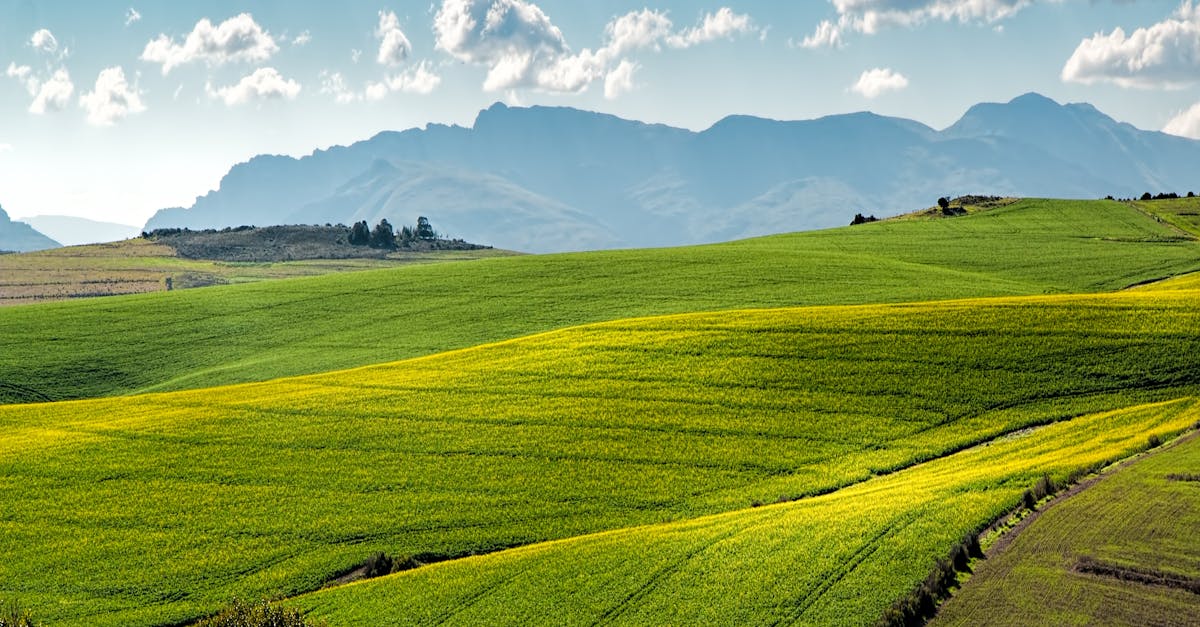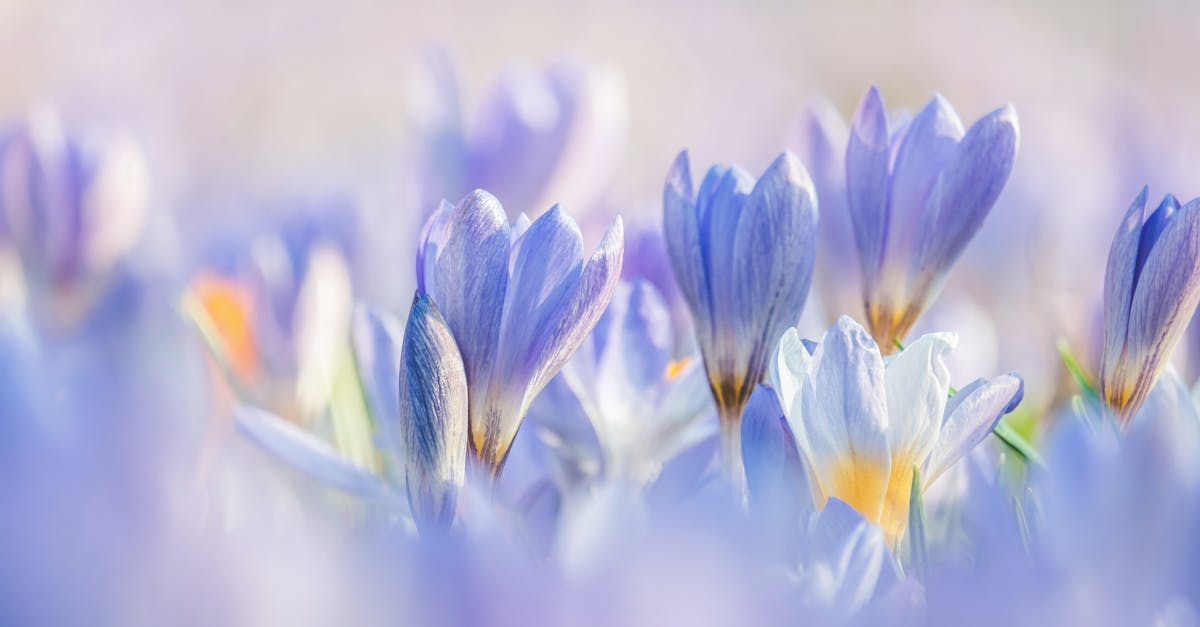Are you struggling with planters without drainage? We’ve got you covered.
In this text, we’ll study into the world of planters without drainage holes and investigate the ins and outs of caring for your plants in these containers.
From the importance of proper watering techniques to tips on preventing root rot, we’ve got all the information you need to keep your plants thriving.
Stay tuned as we scrutinize the secrets to successful gardening in planters without drainage.
Key Takeaways
- Drainage is crucial for plant health in planters without drainage holes, preventing water accumulation and root rot.
- Using planters without drainage can lead to waterlogging, root suffocation, and increased risks of pests and diseases.
- Proper watering techniques include monitoring soil moisture, watering sparingly, and using a narrow-spout watering can to prevent overwatering and root rot.
- Preventing root rot in planters without drainage involves monitoring soil moisture, watering carefully, and considering self-watering systems.
- Successful gardening in planters without drainage requires using well-draining soil, monitoring moisture levels, watering carefully, and considering self-watering systems for optimal plant health.

Importance of Drainage in Planters
When it comes to planters without drainage holes, proper drainage is critical for plant health. Without adequate drainage, excess water can accumulate, leading to root rot. This can as a result result in the demise of your beloved plants.
Drainage is important in planters as it allows excess water to escape, preventing waterlogged soil. It ensures that plant roots have access to the oxygen they need to thrive. Without proper drainage, roots can suffocate, leading to stunted growth and yellowing leaves.
To maintain healthy plants in planters without drainage, we need to take extra care with watering techniques. By understanding the significance of drainage and implementing best practices, we can ensure our plants thrive in these challenging conditions.
For additional insights on the importance of drainage in planters, check out Gardening Know How and Better Homes & Gardens.
Risks of Using Planters Without Drainage
Using planters without drainage can lead to waterlogging. Excess water accumulates at the bottom, drowning roots.
Without proper drainage, roots are deprived of oxygen, hindering their growth and causing them to rot.
When water cannot escape, planters become a breeding ground for pests and diseases that harm plant health.
We recommend examining watering habits and opting for well-draining soil to minimize risks associated with planters without drainage.
For more insights on plant health in challenging conditions, check out articles from Gardening Know How and Better Homes & Gardens.

Proper Watering Techniques for Planters without Drainage
When dealing with planters lacking drainage, proper watering is critical. Here are some techniques to keep your plants healthy:
- Monitor soil moisture regularly to avoid overwatering.
- Water sparingly to prevent water accumulation at the bottom.
- Apply water slowly and in small quantities to allow absorption.
- Use a watering can with a narrow spout for precise watering.
- Consider a self-watering system to regulate moisture levels efficiently.
After all, adapting our watering habits is important for plants in these conditions. For more insight, check out these detailed watering guidelines at Gardening Know How and Better Homes & Gardens.
Preventing Root Rot in Planters without Drainage
When dealing with planters lacking drainage, preventing root rot is critical. Root rot occurs when plant roots are constantly soaked, leading to decay and eventually plant death. Here are a few tips to avoid this issue:
- Monitor soil moisture regularly: Stick your finger into the soil; if it feels damp, hold off on watering.
- Water sparingly: Avoid overwatering to prevent water buildup at the bottom of the planter.
- Apply water slowly: Water gradually to allow the soil to absorb moisture without excess pooling.
- Use a narrow-spout watering can: Direct water to the base of the plant, avoiding wetting the foliage.
- Consider a self-watering system: These systems can help maintain proper moisture levels without risking root rot.
For detailed guidelines and further insight on watering habits for planters without drainage, check out Gardening Know How and Better Homes & Gardens.

Tips for Successful Gardening in Planters without Drainage
When it comes to planting in containers lacking drainage holes, following a few wise tips can make a big difference. Here are some practical suggestions to help us maintain healthy plants:
- Use the right soil: Opt for a well-draining, high-quality potting mix specifically formulated for container gardening.
- Monitor moisture levels: Stick your fingertip into the soil to check for dampness before watering so we can avoid overwatering.
- Water carefully: When it’s time to water, do it slowly and in small increments to prevent waterlogged soil.
- Consider self-watering systems: These can help regulate moisture levels more efficiently, reducing the risk of root rot.
For more in-depth insights and guidance on watering techniques for planters without drainage, head over to Gardening Know How and Better Homes & Gardens.
